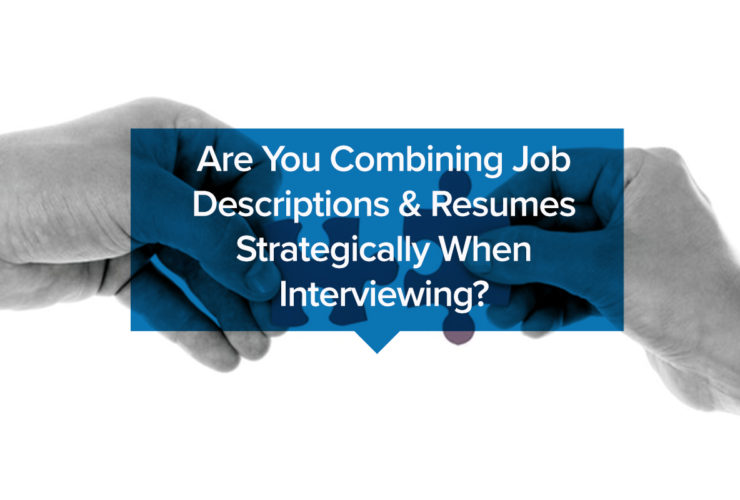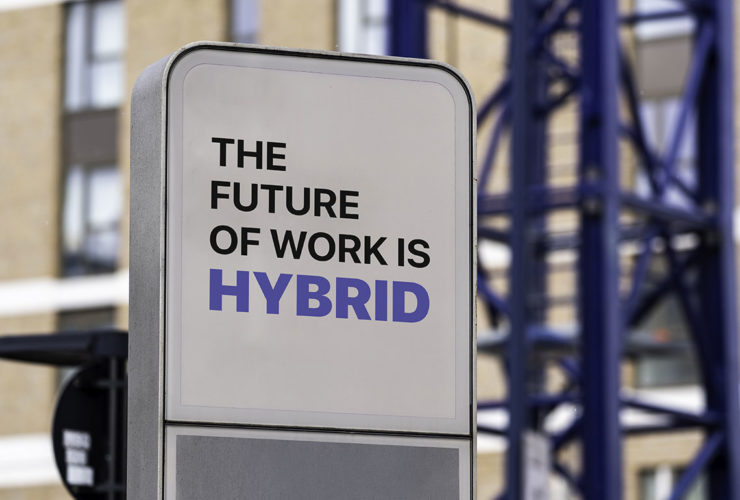What are the reasons that some recruiters aren’t taking advantage of talent acquisition technologies?
Cost is certainly one. A minority might be afraid to modernize. But for most non-adopters, the issue comes down to ego—thinking that they don’t need talent acquisition technologies for work they’re perfectly capable of doing.
Let’s quickly address each of these reasons:
- Cost—Technologies often aren’t as expensive as you think. Especially when you consider personnel time invested in the recruiting cycle, deadlines which can be missed due to manual processes, poor decisions resulting from lack of predictive data, and the like.
- Fear—It’s difficult, if not impossible, to be an effective recruiter today without using technology. Almost all recruiters use applicant tracking systems, job boards, and resume parsers. It’s not a scary jump to move into many of the other available tools. Pace your implementation to realistic time frames and get training tailored to your learning style.
- Ego—Many recruiters are capable of doing most of what talent acquisition technologies do, but these technologies increase your efficiency and enable you to focus on efforts and skills that technology can’t replicate. Don’t let your ego get in the way of using tools that can help you recruit better, raise your status and earn more.
Let’s examine eight talent technologies that can help your recruiting career.
- Temporary Labor Marketplaces
While most recruiters use job boards to find talent, temporary labor marketplaces aren’t as widely used. Even though, as of 2020, companies like Intuit realize 40% of the U.S. workforce is made up of contingent workers.
Given the size of the contingent worker population, the value of sourcing quality talent from one of these sites is great.
Example of provider: TopTal
- Crowdsourced Recruitment Services
Crowdsourced recruitment involves the use of pools of independent recruiters to source qualified candidates for a fee. This enables you to spend more time on other key tasks, such as wooing promising candidates or working with hiring managers.
Example of provider: Crowdstaffing
- Social Search Tools
Social search providers enable you to effectively mine the tremendous number of potential candidates on social media and other searchable sources, such as your organization’s recruiting data.
Example of provider: SwoopTalent
- Candidate Relationship Management (CRM) Systems
Given the high volume of talent that recruiters work with, even highly organized recruiters can forget key communication with candidates. As every recruiter knows, effective communication is essential for creating positive candidate experiences. On the other hand, as Jack Kelly has detailed, poor communication is at the heart of candidates’ top complaints about the hiring process.
CRMs will help you manage communication with both passive and active candidates, as well as previous applicants, to ensure no important emails are left unsent. Some might be thinking that applicant tracking systems can be used for this. True, to an extent. ATSs manage the applicant process, and as such help organize the communication with applicants only.
Example of provider: Beamery
- Automated Skills Assessments
Ideally, especially in skills-driven jobs like IT, applicants will already possess key skills for the position you’re recruiting for. Automated skills assessments can help ensure that the talent you’re considering has basic qualifications. A wide variety of these assessments are available, and some are quite specialized. For example, Lytmus offers simulated tech environments that enable employers to effectively evaluate candidates by how they solve real engineering tasks.
Example of provider: Lytmus
- Video Interviewing Technologies
Video interviewing is simply a more efficient way to interview candidates. It gives you more insights about candidates than phone interviews do (and provides a better candidate experience), without the time and expense associated with on-site interviews. Combine the convenience of video interviewing with subject matter experts coached to also be professional interviewers and now you’re talking an undeniable competitive edge above other recruiters.
Example of provider: eTeki
- Behavioral Assessments
Behavioral assessments help you determine if candidates have the personality traits that you’re seeking for a given position. Often times, these traits are important for job success. For example, PeopleAssessments.com—whose co-founder and chief scientist, Dr. Tom Janz, is an eTeki advisor—evaluates integrity and enthusiasm, both key qualities for most successful hires.
Example of provider: PeopleAssessments.com
- Automated Reference Checking Tools
Reference checking can be a frustrating and time-consuming process, especially if you’re having difficulty getting in touch with candidates’ references. Automated reference checking provides a quick, fuss-free and legally compliant way to verify references.
Example of provider: aRefChex
More Ideas
The list above certainly isn’t exhaustive. There are many technologies—and seemingly new ones popping up all of the time—that can benefit recruiters and recruiting at companies of all sizes.
If you’re looking for more ideas, check out this Inc. article on apps that help boost recruiting and retention by business and technology author Minda Zetlin,







